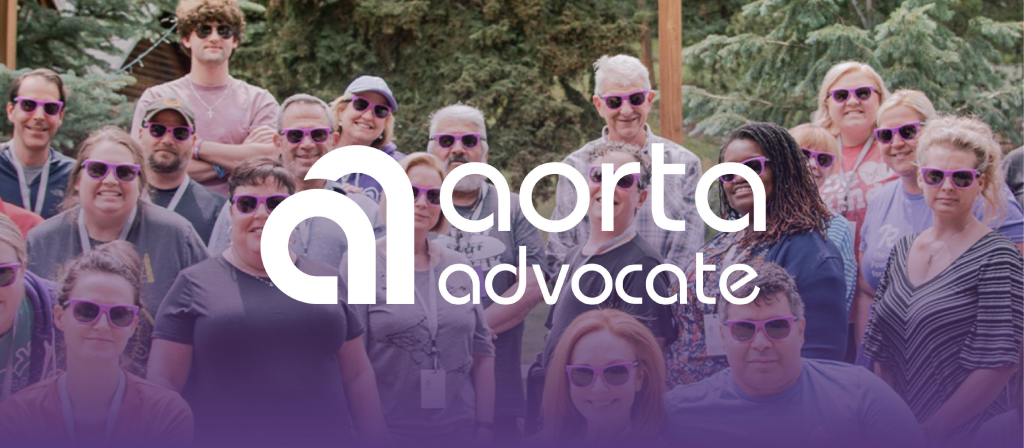

Aorta Advocates are trained volunteers with personal experience in thoracic aortic aneurysm and dissection. The job of an Aorta Advocate is not to be your advocate, but rather to empower you to advocate for your own or your family’s medical care. They’re here to offer resources, information you can trust, and encourage you to navigate your own journey.
Whether you’re an aortic patient, a caregiver, or have lost a loved one to aortic dissection, The John Ritter Foundation can connect you with a peer who understands.
Our Aorta Advocates, range from ages 18 to 65+ and bring diverse life and aortic experiences. Connect over two sessions with an Advocate via video, phone, or email when it works for your schedule.
Learn, share, and connect around topics including:
- New diagnosis or upcoming surgery
- Grief and sudden loss
- Genetic testing and counseling resources
- Finding a care team you can trust
- Living a full and active life after diagnosis
- Pregnancy, parenting, decisions about family planning
- And more…
Aorta Advocates do not provide medical or mental health care. Aorta Advocates are not available 24/7 or on call and do not offer ongoing support. They are not a substitute for therapy or a support group.
Please contact JRF Aorta Advocate team at info@johnritterfoundation.org if you feel like your advocate is not a good match. We would be happy to provide you with a new Advocate.
Contact An Aorta Advocate Today!
We offer virtual visits with an Aorta Advocate by phone, email, or video conferencing (e.g. Teams or Zoom). If you haven’t heard from us within a week, please email us directly at info@johnritterfoundation.org. Sometimes replies from our volunteers get filtered into junk mail.
**PLEASE NOTE THAT OUR SUPPORT PROGRAMS ARE ON HOLIDAY BREAK THROUGH JANUARY 2ND. YOU CAN EXPECT TO HEAR BACK FROM US THE SECOND WEEK OF JANUARY. WE THANK YOU FOR YOUR PATIENCE.**

